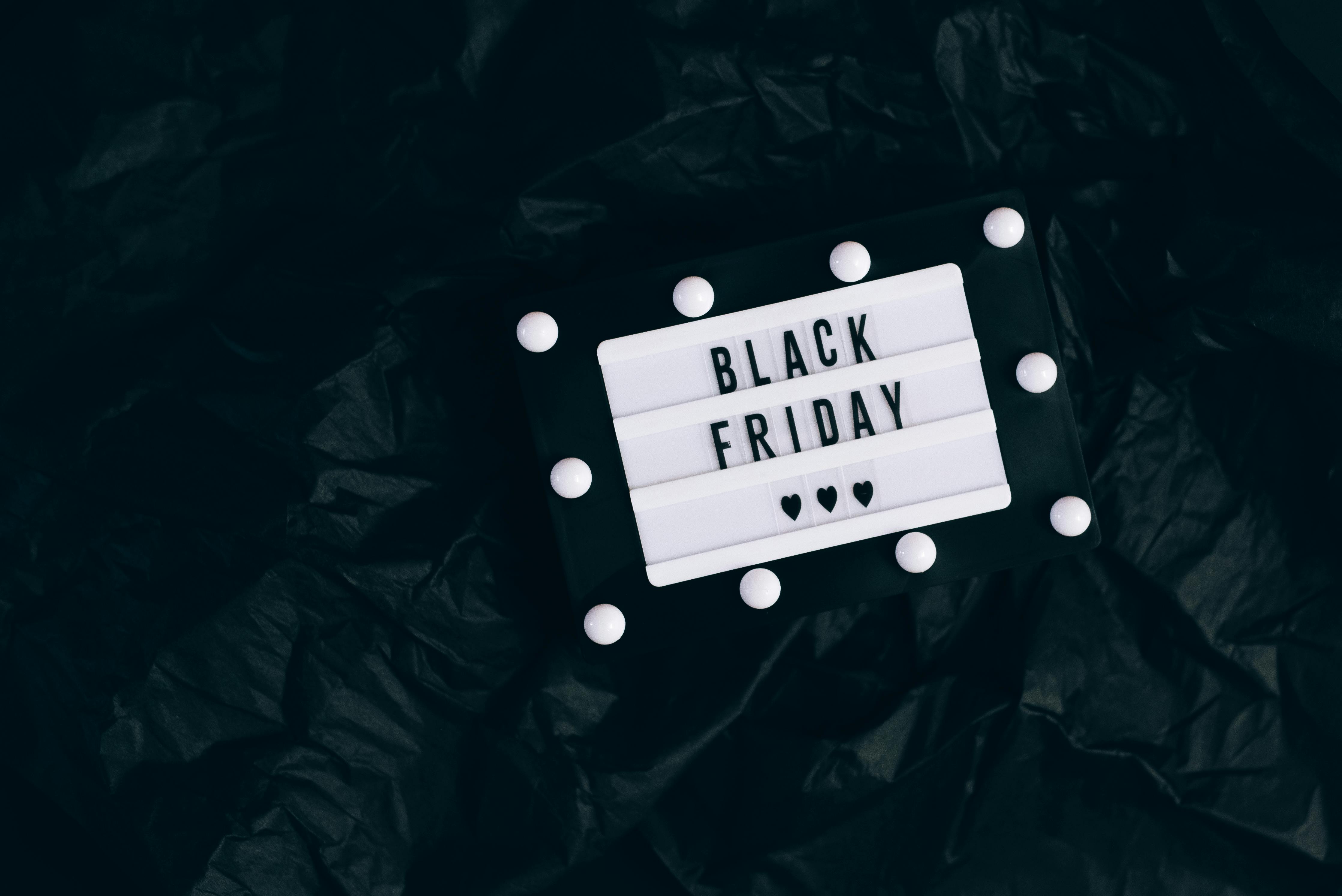Smart Ways to Optimize Limited Time Offers and Competitions in 2025 for Maximum Engagement
In the rapidly evolving world of marketing, optimizing limited time offers and competitions is crucial for brands looking to maximize customer engagement. As we move into 2025, businesses must rethink their promotional strategies, leveraging new trends and technologies to attract and retain customers. Limited time offers, discounts, and competitions, such as sweepstakes and giveaways, not only generate excitement but also foster brand loyalty and enhance visibility.
The importance of creating compelling promotional activities cannot be overstated. With increasing competition, brands must develop smart ways to engage their audiences while driving sales. The article will cover effective marketing strategies, tips for creating engaging contests, and the impact of social media on promotions. Expect to learn about the art of crafting exclusive offers, seasonal sales, and proven tactics for incentivizing customer participation. With this roadmap, you’ll be equipped with insights to optimize your marketing campaigns throughout the year.
Key takeaways include understanding the value of timely promotions, effective use of customer loyalty programs, engaging with audiences through competitions, and maximizing return on investment (ROI) through well-timed marketing strategies.

Essential Strategies to Create Engagement Through Promotions
Building on the fundamentals of promotional marketing, it’s essential to implement strategies that captivate your audience. American businesses report that engaging customers through limited-time offers often results in increased sales and brand loyalty. Understanding consumer behavior is key to crafting offers that resonate.
Understanding Consumer Behavior in Promotions
To create effective promotions, businesses must assess consumer preferences and behaviors. Analyzing data related to past purchases, customer feedback, and trends can help develop tailored offers that attract attention. For example, utilizing audience segmentation allows brands to target specific demographics with unique deals, such as early bird specials or loyalty program incentives.
Moreover, incorporating market analyses into promotional strategies reveals insights into what entices customers to engage in competitions and sweepstakes. This knowledge allows marketing teams to optimize their campaigns for successful engagement and higher entry rates.
Leveraging Seasonal Promotions for Increased Reach
Seasonal promotions are an excellent way to capitalize on heightened consumer interest during the holidays or special events. By aligning promotions, such as holiday sales or back-to-school offers, with unique themes, brands can create urgency and drive engagement. Features like “buy one get one free” or flash sales leverage the psychology of limited time to stimulate quick decision-making among customers.
An excellent way to maximize participation in seasonal contests is to promote them heavily on platforms where your audience spends most of their time, from social media platforms to email marketing. Consider utilizing digital marketing tactics like promotional codes and exclusive deals to entice participation.
Crafting Compelling Contests and Competitions
Designing competitions that encourage engagement requires a strategic approach. It’s essential to establish clear rules and entry requirements, making it easy for customers to participate. Promote exclusive contests that offer appealing prizes, thereby creating excitement and motivation for entries. For example, brands can launch social media giveaways underpinned by compelling visuals that highlight prizes, fostering a sense of urgency.
Furthermore, consider implementing referral bonuses or bonus entries for participants who share contests with friends. Such tactics help expand reach, turning contestants into brand ambassadors and enhancing audience participation.
Utilizing Social Media for Effective Promotion
With these foundational strategies established, it’s crucial to explore how social media can amplify your promotional efforts. Social platforms have transformed the way brands interact with their audiences, providing a direct line for engagement and visibility.
Maximizing Engagement on Social Media Platforms
Social media platforms are pivotal in driving engagement and increasing awareness of limited-time offers and competitions. Brands should create tailored content that resonates with their audience, leveraging visually appealing materials and hashtags relevant to the promotion. Host live sessions, Q&A, or contests designed to foster interaction while gaining followers.
Posts showcasing success stories of previous competition winners can also serve as social proof, motivating further participation. Ultimately, maintaining an active and engaging social media presence is essential for maximizing Audience Reach.
Email Promotions: A Powerful Tool for Awareness
Email marketing remains one of the most reliable channels for alerting subscribers about new offers and competitions. Brands should develop targeted email campaigns that present exclusive deals or countdowns for upcoming sweepstakes, driving urgency among consumers. Employ segmentation to tailor messaging based on past purchases or customer preferences.
Additionally, using compelling subject lines that emphasize limited time offers can increase open rates and click-throughs. This method enhances customer engagement by providing timely communications that align with their interests.
Effective Use of Promotional Partnerships
Collaborations with influencers and brands can further extend the reach of your promotions. By entering strategic partnerships, businesses tap into new audiences, enhancing brand exposure and creating additional engagement opportunities. Offering exclusive discounts or prizes for partnered giveaways encourages participation while introducing your brand to potential customers through trusted recommendations.
Key Elements of Successful Contest Management
To create engaging competitions, it is vital to focus on key management elements. This involves guiding entrants through the process to ensure seamless participation and maximum impact.
Establishing Clear Rules and Entry Requirements
Successful contests are underpinned by transparency and clarity regarding their management. Ensure that the rules of the contest and entry requirements are accessible and easy to understand. This transparency builds trust and encourages participation. Consider providing a FAQ section to address common queries that may arise.
Incorporating terms that outline data usage, eligibility criteria, and prize distribution fosters an environment of confidence among participants, further incentivizing entries.
Creating Value Through Competitive Offers
Effective competitions should offer tangible value that excites participants. Tailor contests to suit your target audience’s interests, offering relevant prizes that encourage entries. For instance, offering product bundles or exclusive discounts can stimulate more entries and enhance brand loyalty.
Integrating customer feedback mechanisms, such as surveys after the competition, can also improve future contests by providing insights into audience preferences.
Promotional Timing and Urgency Tactics
In implementing effective promotional campaigns, timing is of the essence. Launch contests during peak shopping seasons or around holidays to tap into higher consumer spending. Use countdowns, timers, and reminders to create urgency, emphasizing the exclusive nature of limited-time offers.
Ultimately, effective timing can significantly improve participation rates and build excitement within the audience.
Measuring Engagement and Success Metrics
Once your contests are underway, measuring engagement is vital for assessing their success and optimizing future campaigns. Tracking key performance indicators (KPIs) enables brands to evaluate their promotional efforts effectively.
Utilizing Analytics to Track Performance
Effective marketing strategies rely heavily on analytical insights. Employ tools to measure participation rates, conversion rates, and customer feedback. Analyze data related to contest entries, winners, and audience interaction to inform future decisions regarding promotional tactics.
By understanding patterns and behaviors, brands can better tailor their marketing activities to drive customer acquisition and enhance overall engagement metrics.
Adjusting Strategies Based on Feedback
Feedback integration is crucial for improving promotional offers. After concluding contests, collect insights about consumer experiences. Use data to identify areas for improvement in rules, prizes, or targeting methodologies. Continually refining promotion strategies based on audience feedback ensures that future campaigns remain relevant and effective.
Evaluating ROI on Promotional Activities
Lastly, evaluating return on investment (ROI) is essential for understanding the financial impact of contests, promotions, and offers. Calculate direct sales generated from campaigns, alongside customer engagement factors. This analysis helps invest in effective promotional strategies that yield the highest returns, ultimately enhancing future marketing efforts.
Conclusion: Engage and Inspire Customers Through Limited Time Promotions
As we look toward 2025, optimizing limited time offers and competitions is paramount in maximizing customer engagement. By understanding consumer behavior, leveraging social media, and crafting compelling promotional activities, brands can foster a loyal customer base and drive meaningful connections.
Building on the essential strategies outlined, businesses should continually strive to innovate their marketing tactics, evaluating and adapting based on feedback and performance metrics. This dynamic approach will not only enhance customer interactions but also position brands for sustained success in a competitive marketplace.
Utilizing these smart ways to engage audiences and optimize promotional tactics for limited time offers, brands can navigate 2025 with confidence, reaping the rewards of enhanced customer participation and brand loyalty.
